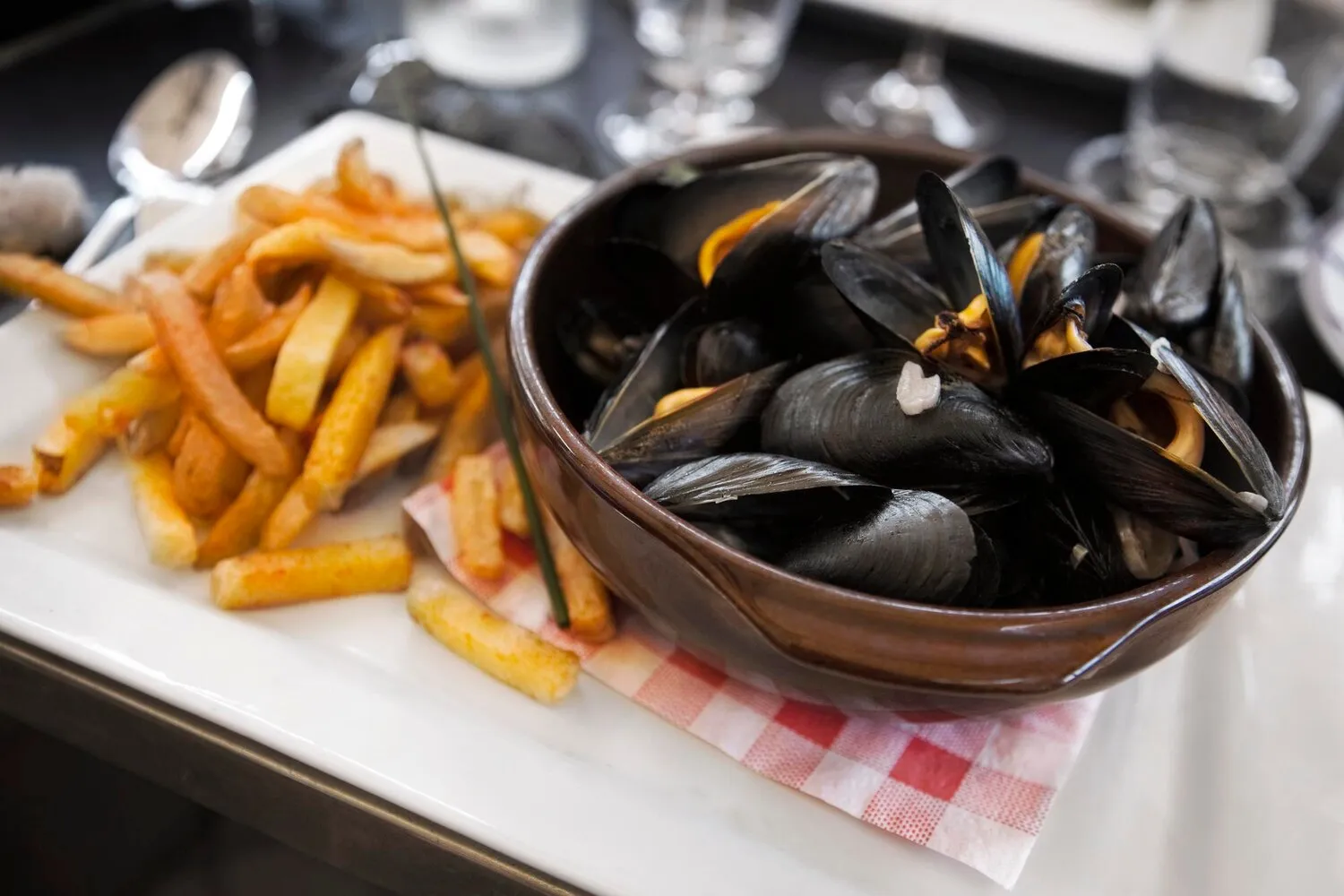
Filet Américain Préparé
Steak tartare, finely chopped raw beef, mixed with various ingredients like mayonnaise, onions, and capers.
Nutrition Facts
* The % Daily Value (DV) tells you how much a nutrient in a serving of food contributes to a daily diet. 2,000 calories a day is used for general nutrition advice.
The history of steak tartare is somewhat murky, with various origins attributed. Some believe it evolved from nomadic horsemen in Central Asia tenderizing meat under their saddles. Others suggest it originated in French restaurants in the early 20th century, possibly inspired by the dish 'steak à l'américaine' or the legend of the Tartars. Filet Américain Préparé is specifically a Belgian variation and further adaptation of the dish.
Both Filet Américain and Steak Tartare are considered delicacies in their respective cultures, often associated with fine dining and a celebration of high-quality ingredients. The dish reflects an appreciation for raw foods and a willingness to experiment with bold flavors.
Belgian Delicacy
Filet Américain is a common item in Belgian supermarkets and is often served on sandwiches or toast as an appetizer or light meal. It's considered a comfort food for some.
French Gastronomy
Steak Tartare in France is often served as a starter in restaurants and is considered a classic dish, reflecting French culinary tradition.
Raw Food Culture
The consumption of raw meat requires high food safety standards and an understanding of the quality of the ingredients. It demonstrates a trust in the source and preparation methods.
Filet Américain and Steak Tartare offer a rich and savory flavor profile, blending the freshness of raw beef with tangy, spicy, and creamy notes.
The primary flavor comes from the high-quality raw beef, which should be incredibly tender and lean. The mix-ins then contribute complexity: mayonnaise provides creaminess and tang, while onions add sharpness. Capers bring a salty, briny burst, mustard contributes a spicy kick, and Worcestershire sauce lends umami depth. Parsley provides fresh herbal notes. Egg yolk enriches the texture and adds richness. Variations and regional preferences will greatly affect the overall taste.
Beef Quality
Use only the freshest, highest-quality, and preferably dry-aged beef. Filet mignon or other very tender cuts are ideal. Ensure the beef comes from a reputable source and has been properly handled to minimize the risk of contamination. Look for beef specifically intended to be eaten raw.
Food Safety
Keep the beef refrigerated at all times and consume it as soon as possible after preparation. Use clean utensils and work surfaces to prevent cross-contamination. Consider sourcing beef from a butcher who understands raw meat preparation.
Preparation Method
Finely chop the beef by hand rather than grinding it to maintain texture and prevent it from becoming mushy. Ensure all ingredients are finely minced for a harmonious blend of flavors.
Egg Yolk Safety
If using raw egg yolk, source pasteurized eggs to minimize the risk of salmonella. Some recipes omit the egg yolk entirely for this reason.
Spice Level
Adjust the amount of mustard, Worcestershire sauce, and other seasonings to your preference. Taste as you go to achieve the desired flavor balance.
Explore additional Traditional Belgian dishes and restaurants
Explore Traditional BelgianDiscover top dining spots and culinary experiences in Liège.
Explore LiègeLearn more about the food culture, restaurant scene, and culinary heritage of Belgium.
Explore Belgium